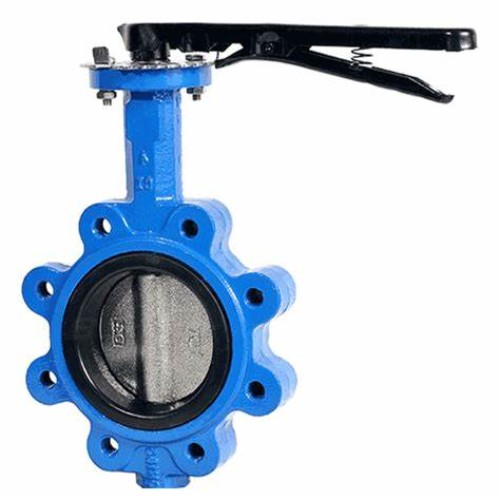rubber gasket joint
Understanding Rubber Gasket Joints
Rubber gasket joints play a crucial role in ensuring the integrity and reliability of various mechanical systems, particularly in plumbing, automotive, and industrial applications. A gasket is essentially a seal used to prevent leakage between two surfaces that are joined together, and rubber is one of the most common materials used for this purpose due to its flexibility, durability, and resistance to various environmental factors.
Why Choose Rubber for Gaskets?
Rubber gaskets are favored for several reasons. Their elasticity allows them to form a tight seal between surfaces, accommodating minor imperfections and variations. Unlike rigid materials, rubber can compress and expand, maintaining a secure joint even under fluctuating pressures and temperatures. This adaptability also makes rubber gaskets ideal for applications that involve vibration or movement, as they can absorb shocks and prevent loosening over time.
Applications of Rubber Gasket Joints
Rubber gasket joints are employed in a wide range of applications. In the automotive industry, for instance, these gaskets are vital in engine components, transmissions, and exhaust systems. They prevent oil and coolant leaks, ensuring efficient operation and reducing the risk of environmental contamination. Similarly, in plumbing systems, rubber gaskets are used in pipes, faucets, and fittings to prevent water leakage and ensure seamless connections.
In industrial applications, rubber gaskets are often found in machinery and equipment where fluid containment is essential. They are used in pumps, valves, and heat exchangers, where maintaining pressure and preventing leaks are critical for operational safety and efficiency.
Types of Rubber Used in Gaskets
rubber gasket joint

Various types of rubber compounds can be used to create gaskets, depending on the specific requirements of the application. Common materials include
1. Nitrile Rubber (NBR) Known for its excellent resistance to oils and fuels, making it ideal for automotive applications. 2. Neoprene Offers good weather resistance and is suitable for outdoor applications. 3. EPDM (Ethylene Propylene Diene Monomer) Highly durable and resistant to heat, ozone, and harsh weather conditions, making it suitable for various industrial uses. 4. Silicone Excellent for high-temperature applications and provides a wide temperature range, although it may not be as resistant to oils.
Installation and Maintenance
Proper installation of rubber gasket joints is crucial for their effectiveness. The surfaces being joined should be clean and free of debris to ensure a good seal. It is also essential to avoid over-tightening, which can lead to deformation of the gasket and potentially cause leaks.
Regular maintenance is equally important—over time, rubber can deteriorate due to environmental factors, so periodic inspections should be carried out. Signs of wear, such as cracking or brittleness, indicate that the gasket needs to be replaced to maintain the integrity of the joint.
Conclusion
In conclusion, rubber gasket joints are indispensable in a variety of applications due to their unique properties and versatility. Whether in automotive systems, plumbing, or industrial equipment, these gaskets help ensure that joints remain leak-proof and secure under varying conditions. Understanding the benefits and maintenance of rubber gaskets can significantly contribute to the longevity and efficiency of mechanical systems. As technology advances, the development of new rubber compounds will likely enhance the performance and application of gaskets even further, ensuring their critical role in engineering and industrial settings.
-
The Key to Fluid Control: Exploring the Advantages of Ball Valves in Industrial SystemsNewsJul.09,2025
-
The Versatile World of 1, 2, and 3 Piece Ball ValvesNewsJul.09,2025
-
Stainless Steel Ball Valves: The Ideal Choice for Efficient Flow ControlNewsJul.09,2025
-
Optimizing Fluid Control with Ball Float ValvesNewsJul.09,2025
-
Manual Gate Valves: Essential for Control and EfficiencyNewsJul.09,2025
-
Everything You Need to Know About Butterfly ValvesNewsJul.09,2025
-
The Versatility of Wafer Type Butterfly ValvesNewsJul.08,2025




